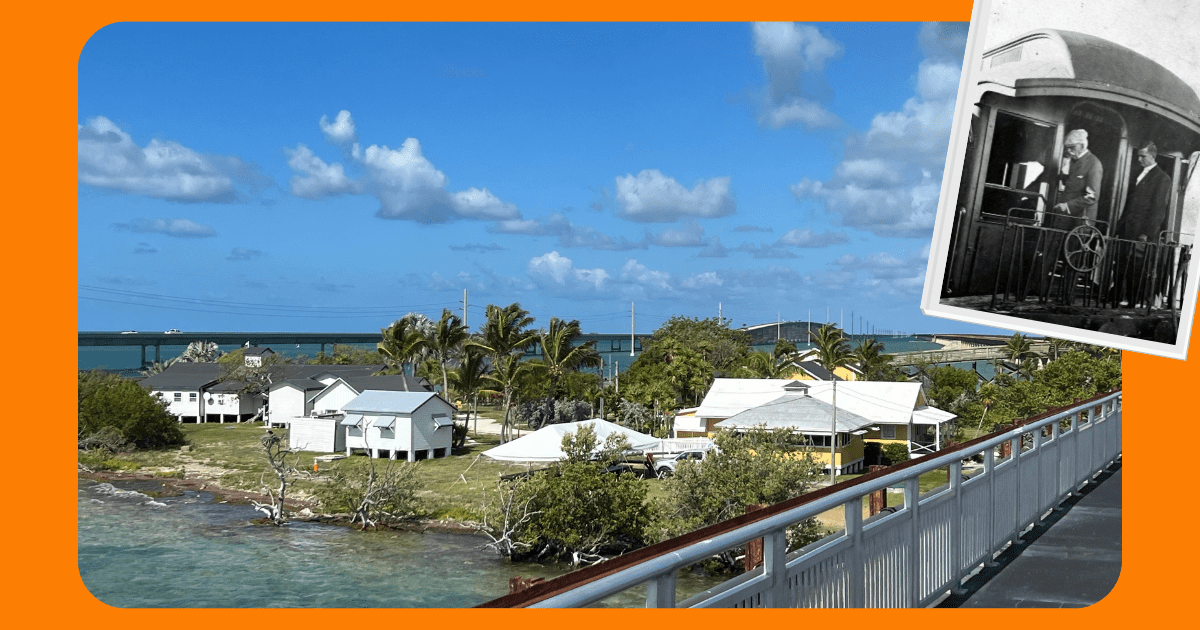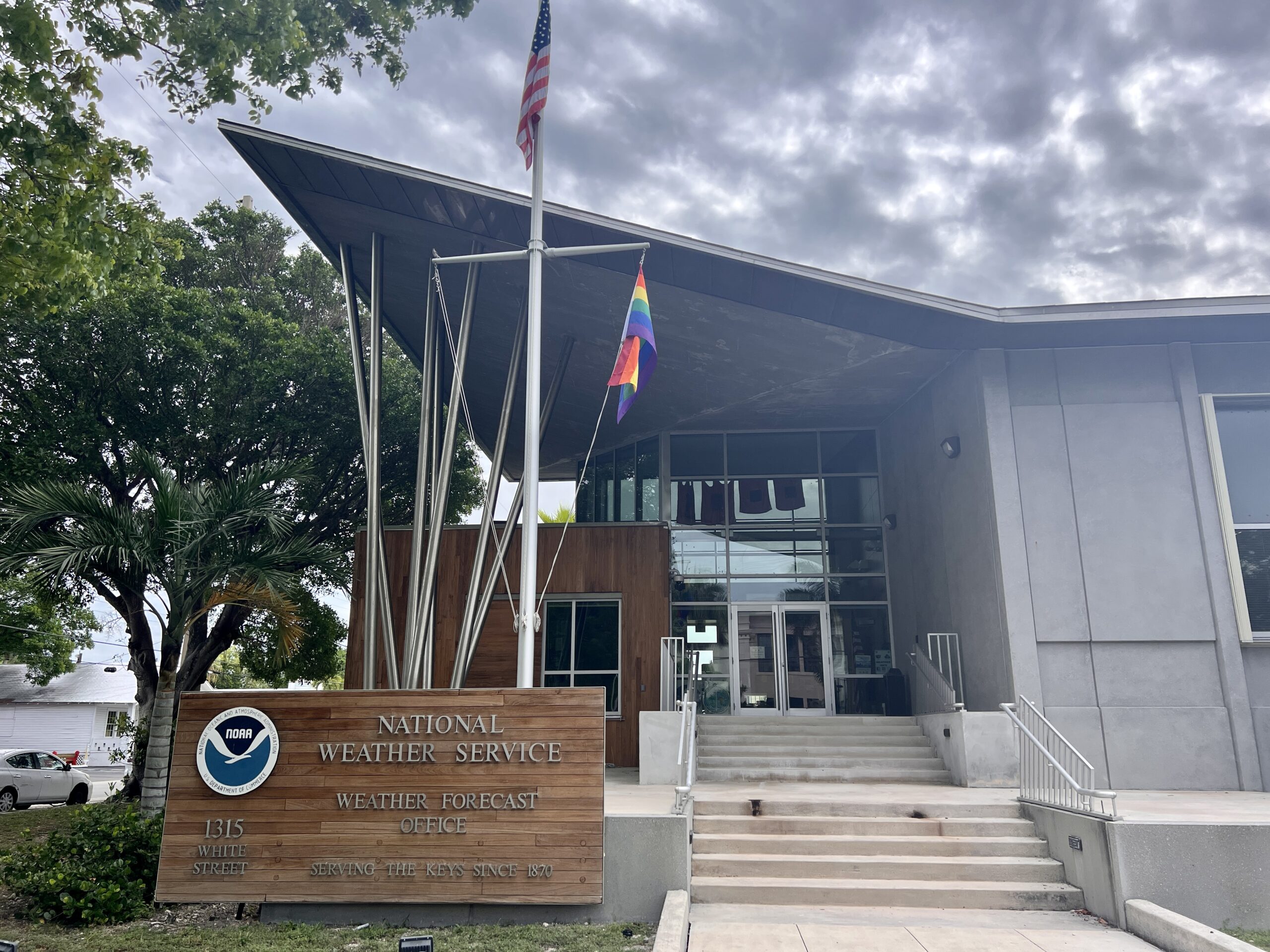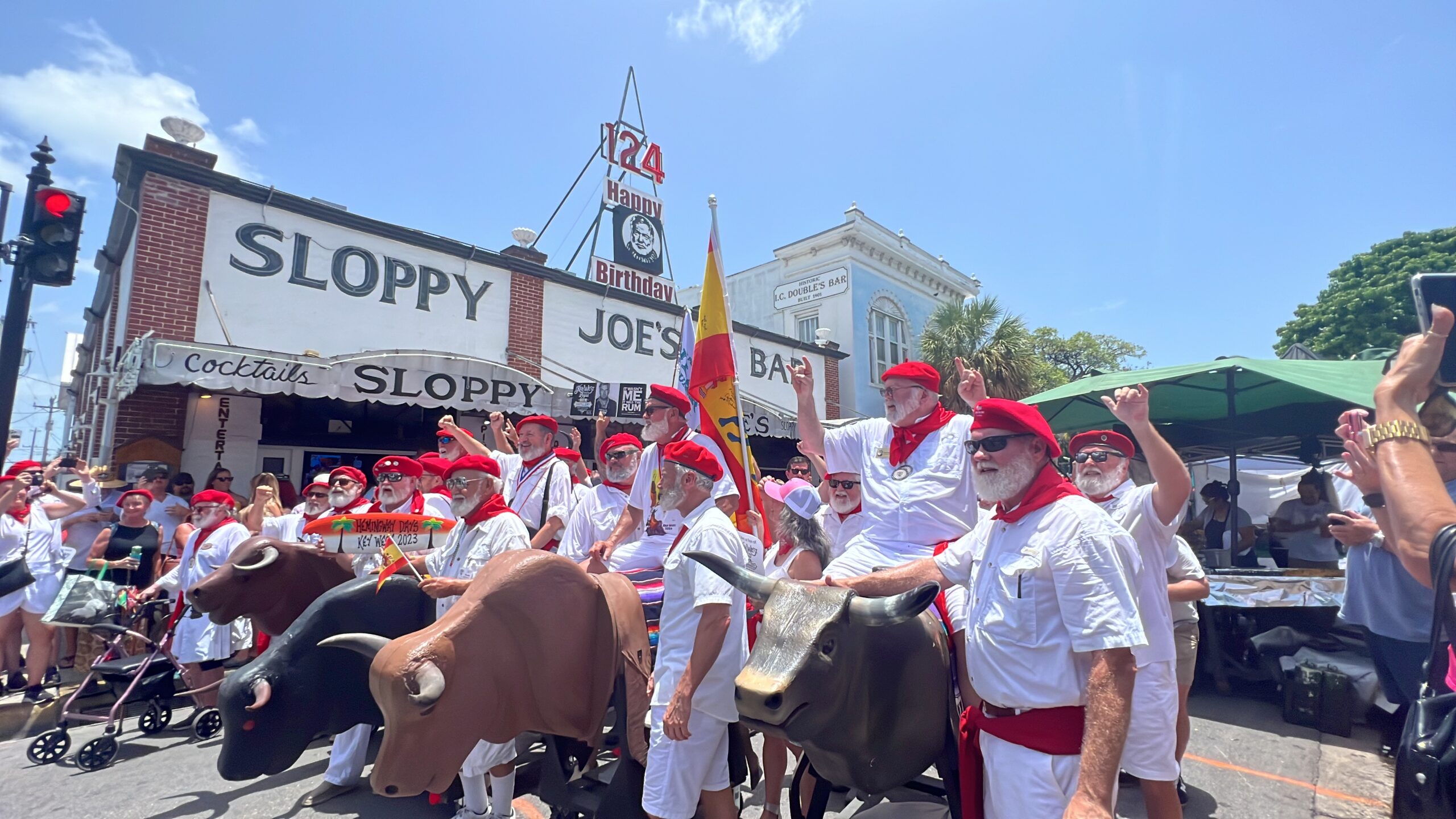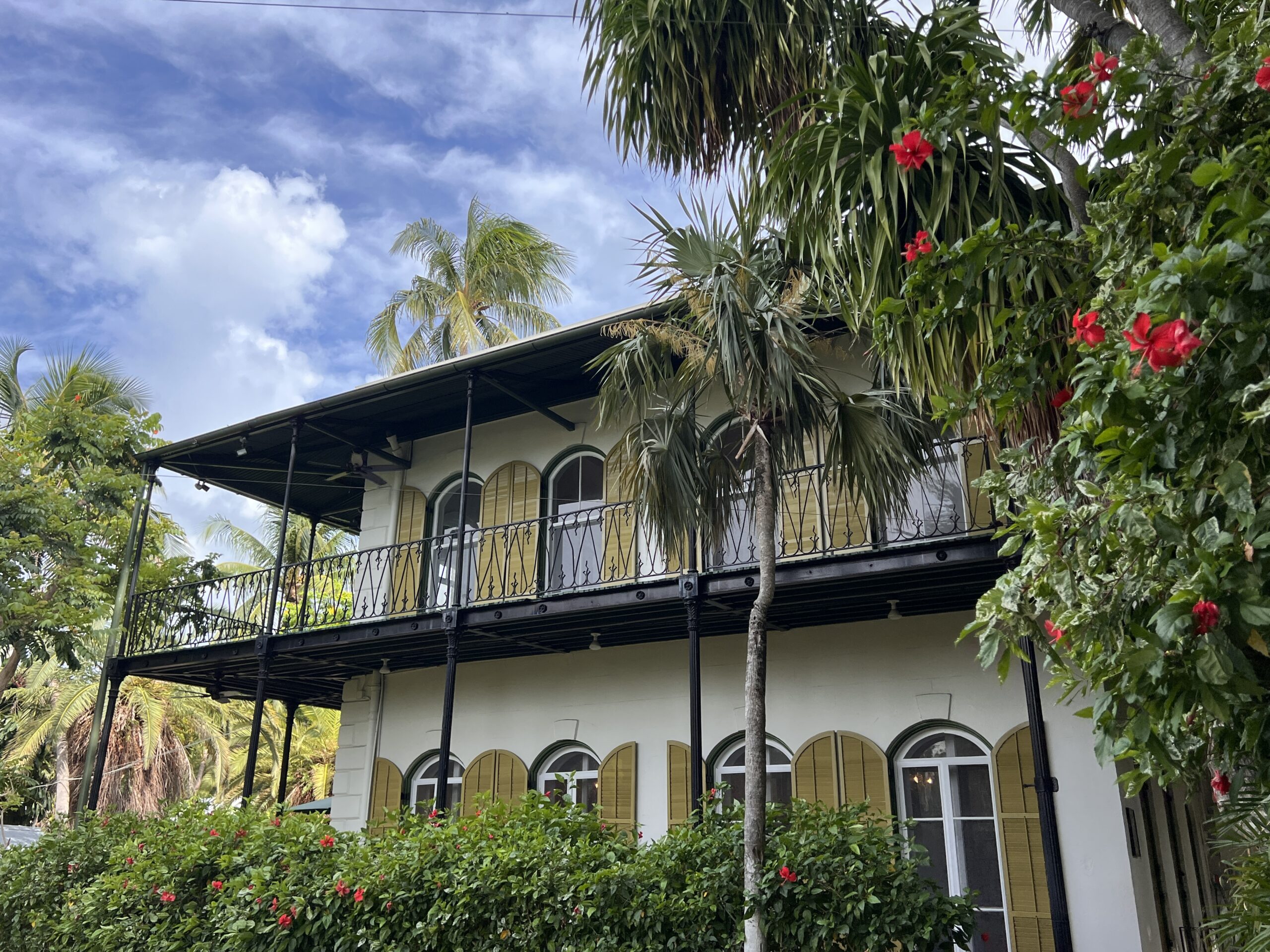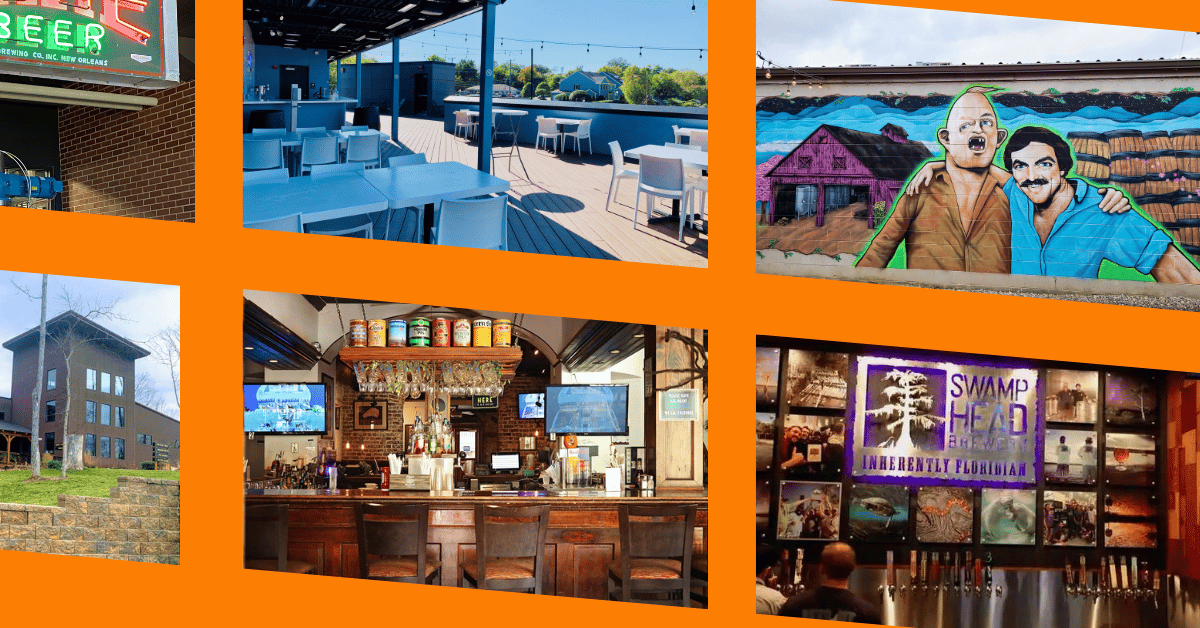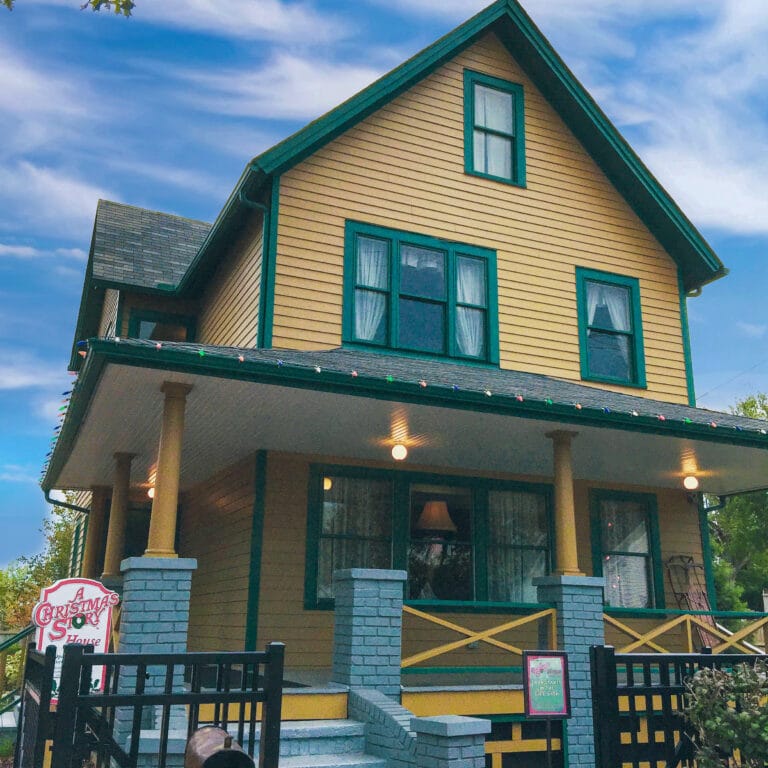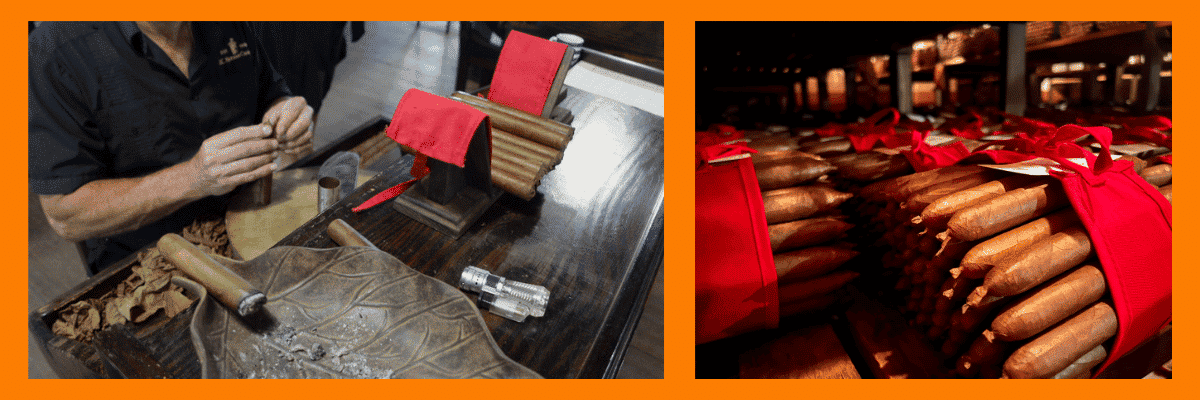Situated along the picturesque Seven-Mile Bridge in the Florida Keys, Pigeon Key holds a significant place in the region’s rich history. This small island is connected to the Overseas Railroad and the subsequent construction of the iconic Overseas Highway, making it a history worth exploring. It offers a captivating journey through time, uncovering the ambitious vision of Henry Flagler, the challenges encountered during the construction of the railroad and highway, and the remarkable transformation of Pigeon Key into a living testament of the Florida Keys‘ past.
Disclosure: Some links on our site are affiliate links. If you purchase a linked item, we will make a commission, at no extra charge to you.
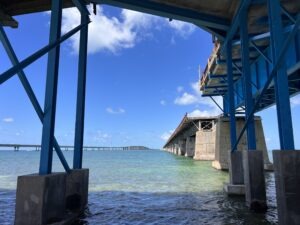
The Overseas Railroad: A Visionary Endeavor
Henry Flagler, a visionary entrepreneur, played a pivotal role in the development of the Florida Keys’ transportation infrastructure. After visiting Florida for his wife’s health, Flagler quickly fell in love with the landscape and wanted to make it more accessible to others.
Driven by his love for the landscape and his vision for business opportunities, Henry set his sights on opening up the Florida Keys. At the time, Key West was the richest town in the United States, thanks to its wrecking/salvaging economy and its proximity to the newly erected Panama Canal. Flagler developed an audacious plan to connect the string of islands via a railroad, unlocking the untapped potential of the Florida Keys and laying the foundation for the future.
The railroad would require 43 bridges crossing miles and miles of open water, with an estimated cost of $50 million in the early 20th century. Investors were unconvinced that it could be done for a variety of reasons and named the project Flagler’s Folly. The lack of investors led Flagler to fund the entire project himself using his earnings as a founder of Standard Oil. The final cost is estimated to be $60-80 million, equivalent to over $2 billion in today’s currency.
Despite all the obstacles, Flagler’s railroad was completed in 1912, with Henry proudly riding the first train into Key West. The railroad became known as the “Eighth Wonder of the World.”
Pigeon Key: A Hub of Construction
Pigeon Key emerged as a crucial location during the construction of the Overseas Railroad. The island served as one of the many work camps located just two miles from Marathon Key.
Fun Fact: This was when Marathon Key got its name. The work was done round the clock and began known as the marathon.
Workers began in Key West, building the bridge that would later connect them to the mainland. It was Henry’s choice to begin at Key West as he wanted the workers focused and the Pigeon Key work camp to be free from distractions like women and rum. However, rum runners soon found the island to be a financial windfall due to its isolation and the good wages paid by Flagler. Upon hearing about the rum runners, Henry advised his supervisors to toss dynamite at the rum runner ships until they fled, once again ensuring a dry island.
The Labor Day Hurricane of 1935
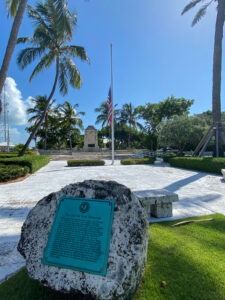
The Overseas Railroad did not have a long life. On September 2, 1935, a storm came that would destroy more than 40 miles of track in the Middle Keys. Hurricanes were not named during that time, so it is simply known as the Labor Day Hurricane of 1935 and referred to as “The Storm of the Century.” The storm made landfall as a Category 5 hurricane, causing extensive damage to the Keys, and the railroad while claiming more than 400 lives. The true death count may never be known, but a memorial can be found on Marathon Key to remember the lives lost.
The Overseas Highway Opens
The Florida East Coast Railway, which was already bankrupt, was unable to rebuild after the destruction. Due to the Great Depression, no investors came forward. Eventually, the state of Florida offered Flagler’s heirs $640,000 to acquire the railway structure and all remaining bridges, making the state the owner. Despite its short existence, the Overseas Railroad had a significant impact on the Keys as it opened up the region.
Subsequently, the state of Florida paved over the railroad and repaired the damage to create the Overseas Highway. In 1979, the highway was added to the National Register of Historic Places. It served as the sole road into the Florida Keys until a modern version was constructed alongside it in the early 1980s. The old railroad provided a road that was 22 feet wide, sufficient for two cars to pass. However, trucks or RVs traveling along it needed to retract their mirrors. Failing to do so led to the highway being known as the Mirror Highway due to the broken mirrors that could be found along its route.
The highway was also notorious for being a nerve-wracking drive for many motorists. This led to the emergence of a new service where drivers could be hired to transport vehicles or truckloads along the narrow highway.

Pigeon Key: A Living Museum of History
Preserving its historical significance, Pigeon Key stands today as a living museum, giving its visitors the opportunity to step back in time and immerse themselves in its past. Under the care of The Pigeon Key Foundation, the island is preserved and restored. The efforts ensure that its rich history remains accessible through educational programs, guided tours, and interactive exhibits, the foundation offers a unique opportunity to experience the heritage of the island firsthand. Visitors can discover the fascinating stories, artifacts, and architectural remnants that bring the past to life while enjoying the picturesque views of the surrounding turquoise waters.
To visit Pigeon Key, you can take their tram, walk, bike, or boat to the island. Driving is not an option as it is located along the Seven-Mile Bridge. While on the island, you can embrace its history, relax, or enjoy snorkeling, like in many other places in the Keys.
Come along for our Pigeon Key Tour
Pigeon Key’s historical significance as a hub of transportation and community development in the Florida Keys cannot be overstated. From its role in the ambitious Overseas Railroad project to its transformation into a thriving community, the island embodies the spirit of perseverance and innovation. Today, Pigeon Key serves as a captivating window into the past, offering visitors the opportunity to explore its rich heritage.
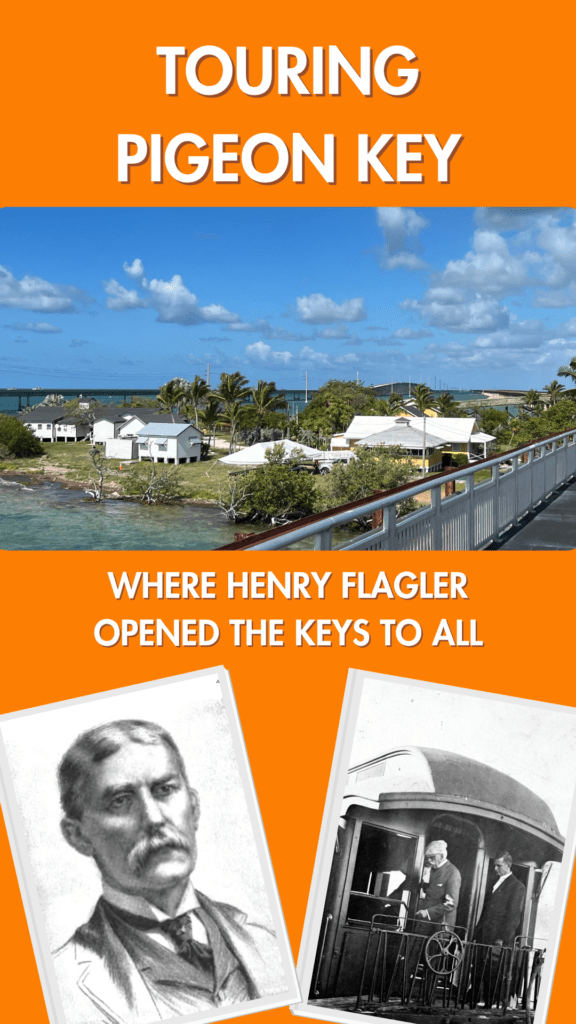
Learn about Florida's Gulf Coast developer, Henry B Plant in our article and video. The two men had a handshale agreement to focus on the east coast and Gulf Coast. Leaving the other without competition.

